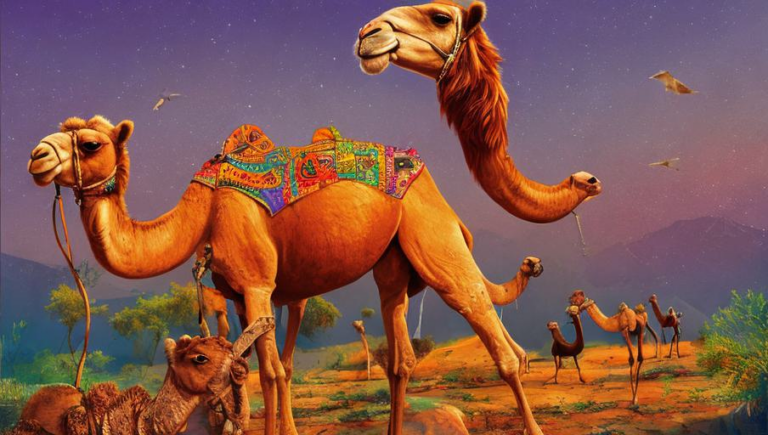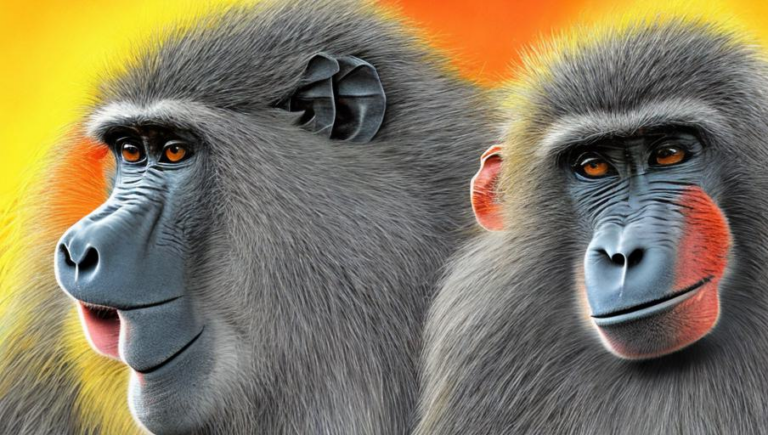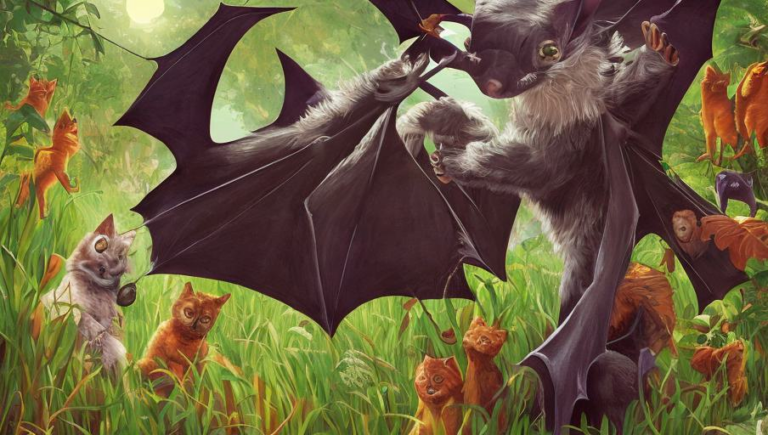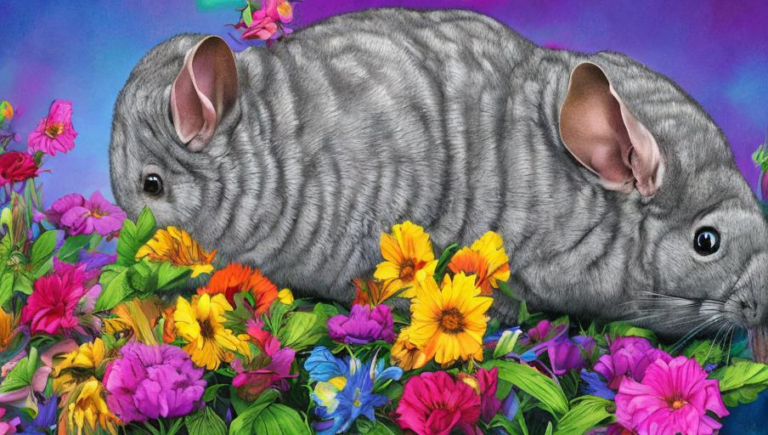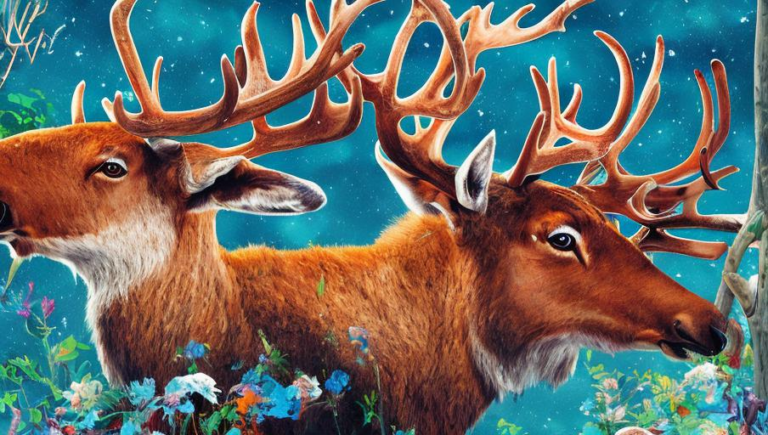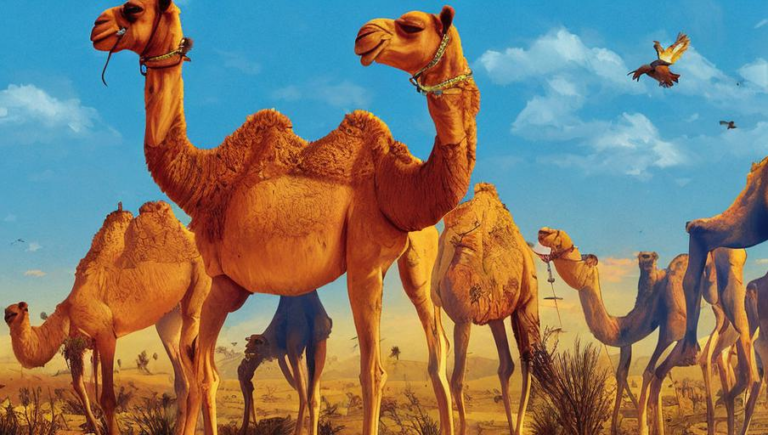Predators of the Caterpillar Species
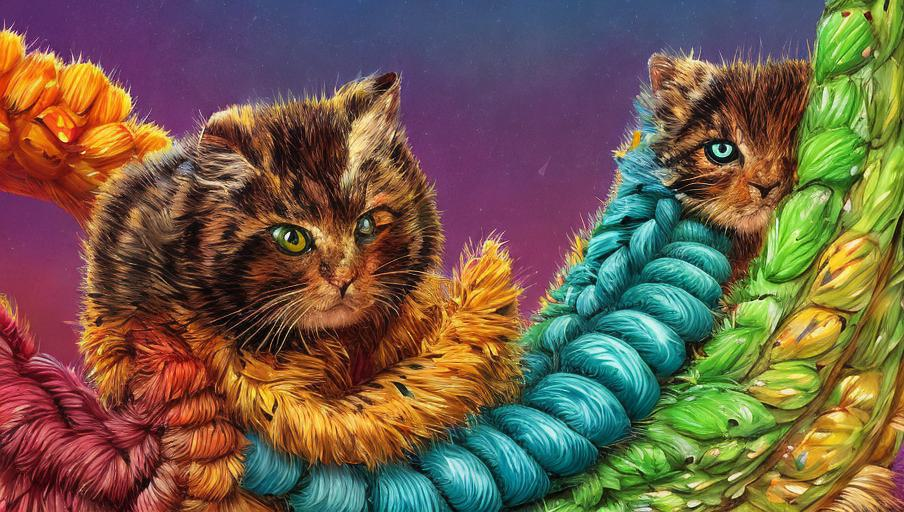
Predators of the Caterpillar Species
Caterpillars are a type of larva that can be found in many parts of the world, from tropical islands to the temperate regions of North America and Europe. These insects are a vital part of the food chain, providing a much-needed food source for birds, reptiles, and other animals. Unfortunately, many of these species are also preyed upon by other animals.
Birds
One of the more common predators of caterpillars are birds. Many species of birds feed on these insects, including blue jays, crows, and even hummingbirds. Birds can quickly and easily consume large numbers of caterpillars in a short period of time, making them one of the most dangerous predators of this insect.
Reptiles
Reptiles such as lizards, snakes, and turtles also feed on caterpillars. These predators are especially dangerous to caterpillars as they can easily swallow them whole. In addition, reptiles often lay in wait for their prey and can snatch up a caterpillar in the blink of an eye.
Mammals
Mammals are also known to feed on caterpillars. Small mammals such as mice, moles, and voles will often prey on these insects. Additionally, larger mammals such as foxes, coyotes, and even bears have been known to feed on caterpillars. In areas where there is a large population of these predators, it can become difficult for caterpillars to survive.
Insects
Insects are also known to prey on caterpillars. Many species of wasps, bees, and ants are known to feed on this insect. These predators can quickly and easily consume large numbers of caterpillars, reducing the population of these insects in a short period of time.
Parasites
In addition to the predators listed above, caterpillars are also prone to being parasitized by certain species of wasps and flies. These parasitic insects lay eggs on or inside of the caterpillar, which then hatch and feed on the host insect. This process can often kill the caterpillar, reducing its population and limiting its ability to reproduce.
It is important to remember that all of these predators play an important role in the natural balance of the ecosystem and should not be eradicated. Instead, it is important to take steps to protect the habitats of these insect species and ensure that they can continue to thrive and provide a food source for the animals that depend on them.
